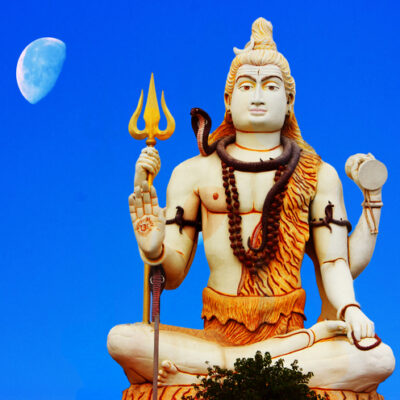Ramagiri Gupteswar Cave Temple, Odisha

Address
Ramagiri Gupteswar Cave Temple, Odisha
Gupteshwer Road,
Gupteswar,
Odisha 764043
Moolavar
Gupteswar
Introduction
The Gupteswar Cave Temple, also known as Gupta Kedar, is dedicated to Lord Shiva and is situated near Ramagiri Village in Boipariguda Block, Koraput District, Odisha, India.The temple is located at a distance of about 13 kilometers from the village of Ramagiri.
Puranic Significance
- Discovery by Lord Rama: According to legend, the Gupteswar Linga was discovered by Lord Rama during his exile in the Dandakaranya forest, accompanied by his wife Sita and brother Lakshman. The adjacent hill opposite the cave is known as Ramagiri Hills. The poet Kalidasa, in his work “Meghadutam,” described the scenic beauty of the forest around the Ramagiri Hills.
- Rediscovery by a Tribal Hunter: Over time, the shrine was abandoned, and the location of the Shiva Linga was lost. In the 19th century, a tribal hunter of the Durua caste rediscovered the Lingam. He informed Maharaja Vikram Dev, the King of Jeypore, about the discovery.
- Appearance of Lord Shiva as a Hunter: According to another legend, Maharaja Vikram Dev of Jeypore went for a hunting expedition in the Ramagiri forest. He encountered a cave guarded by a hunter, who later revealed himself as Lord Shiva. The king decided to build a temple for Lord Shiva and arranged for regular worship.
Beliefs
People suffering from incurable diseases come here to worship the god and remain here for months in the hope of getting cured.
Special Features
- Cave Temple Description: The Gupteswar Linga is located in a natural cave on the slopes of a hill in the Ramagiri forest range. The cave can be accessed through a flight of 476 steps flanked by rows of champak trees. The cave is surrounded by a dense forest of Sal trees and is flanked by the Kolab River.
- Shiva Linga: The cave enshrines a 2 meters (6.6 ft) high lingam within a roughly circular chamber. This Linga is famously called Gupteswar, which means “the Hidden God,” as it was concealed in the cave for a long period. It is said to be increasing in size over time.
- Other Caves: There are several other caves nearby, one of which contains a large stalactite. This stalactite is worshipped as the udder of Goddess Kamadhenu, and people gather under it to collect drops of water that fall at long intervals.
- Cave Exploration: The second cave is described as long, and it may require an expert guide for exploration. There is also a way behind the Shiva Linga that leads to the interior of the cave. The cave is renowned for its underground water and the view of the waterfall from the extreme end of the cave.
Festivals
Shivaratri is the major festival celebrated here. Devotees walk to the Gupteshwar during Bol Bom yatra to bathe in the maha kund, and then chant near the Shiva Linga.






Century/Period
17th Century CE.
Managed By
Archaeological Survey of India (ASI)
Nearest Bus Station
Ramagiri
Nearest Railway Station
Ramagiri Junction
Nearest Airport
Jagdalpur






